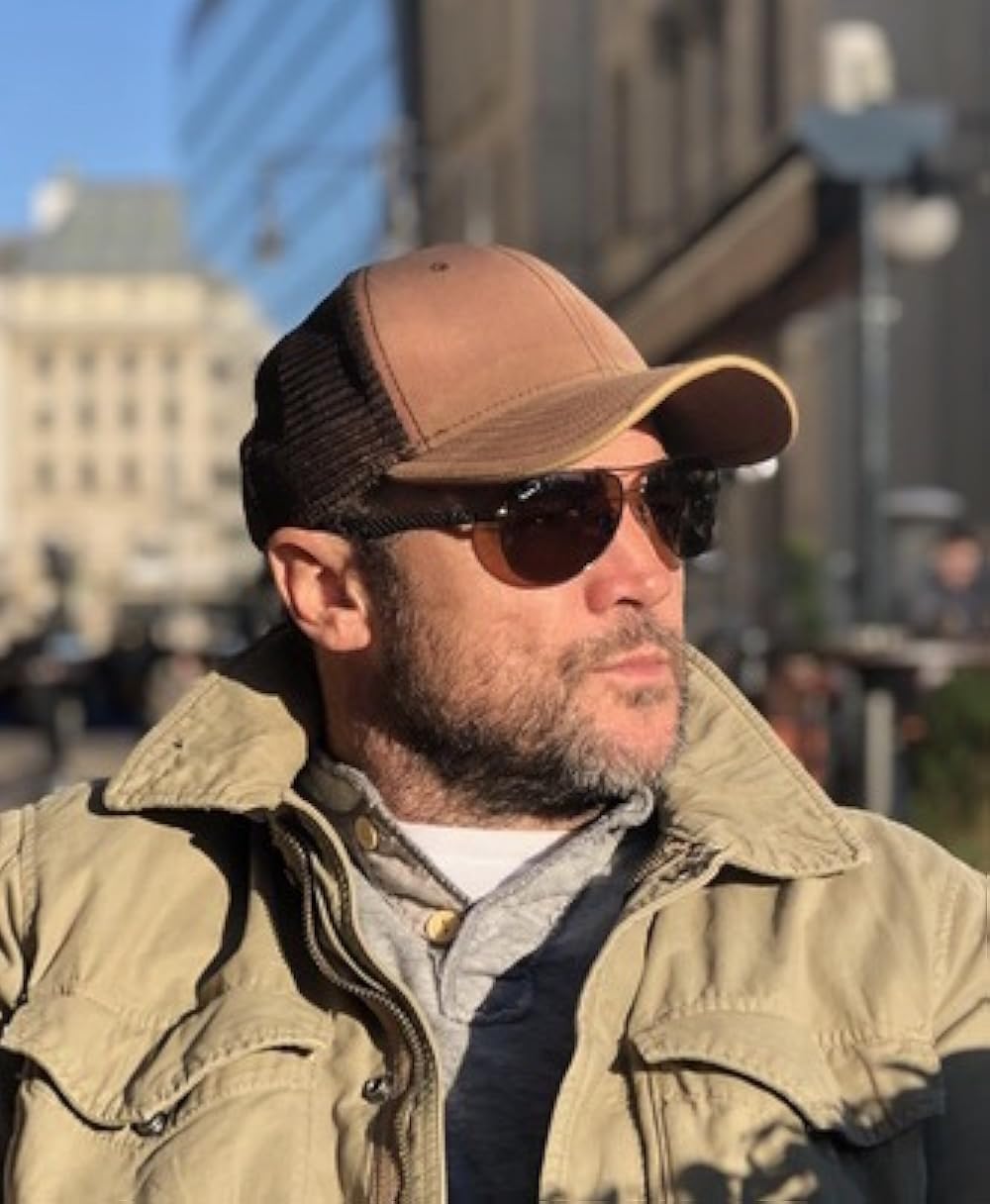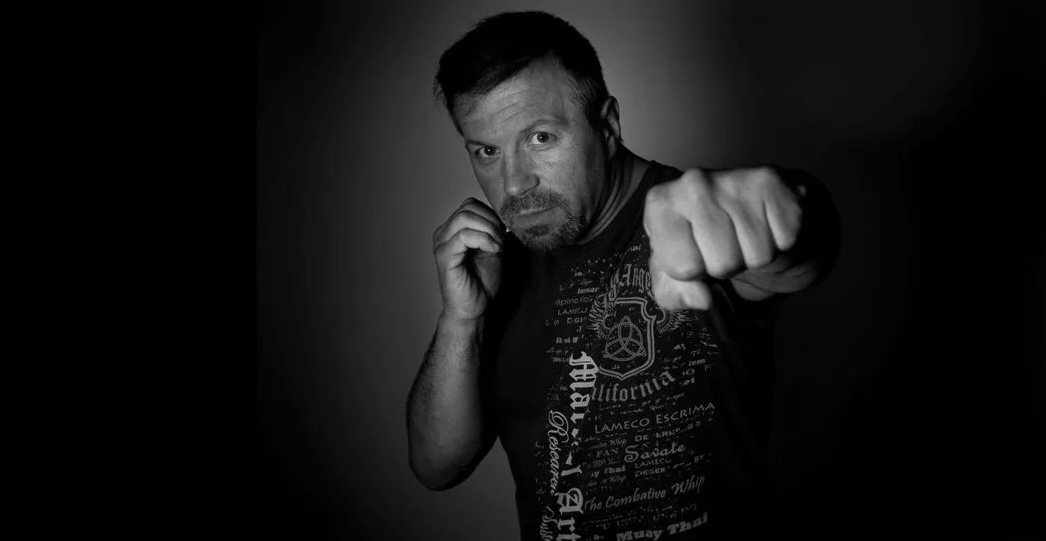
George Cottle
About:
George Cottle
George Cottle is a highly skilled stunt coordinator and second unit director, known for his work on popular movies like Barbie (2023), Oppenheimer (2023) and Tenet (2020), which have earned him a strong reputation in the industry. Starting out in the world of stunts, Cottle smoothly transitioned into directing, bringing his unique perspective and expertise to some of Hollywood's most intricate action sequences.
His journey into the stunt industry began in the mid 1990s, officially becoming part of the British Stunt Register in 1997. With quick progress, Cottle showcased his talent and reliability as a stunt performer. His breakout moment came in 1999 with Plunkett & Macleane, where he executed a daring stunt involving a burning carriage pulled by horses. This experience laid the foundation for his successful career in stunts. Early on, Cottle also worked as a stunt driver on British TV shows like Cold Feet and Coronation Street, refining his precision driving skills. These early experiences prepared him for handling more challenging stunts on larger film productions.
In 2002, George Cottle's career soared to new heights when he contributed to the James Bond movie Die Another Day.
This project marked a significant milestone in his career, leading to his nomination for a Taurus World Stunt Award in 2003 in the category of "Best Work With A Vehicle," which he shared with fellow stunt performer Ray De Haan. Cottle played a crucial role in creating the memorable ice chase scene for the film, which was shot on a glacier lake in Iceland and at Pinewood Studios in the UK. The ice chase presented numerous challenges, especially due to the unpredictable icy terrain. To tackle this, Cottle and his team had to modify the Jaguar XKR and Aston Martin cars used in the sequence into rally cars with four wheel drive by stripping them down and making necessary adaptations. This adjustment was essential as rear wheel drive would have been ineffective on the icy surface, causing the cars to spin out of control.
Despite thorough preparation, there were some tense moments during filming. One such incident occurred when Ray De Haan, driving the Aston Martin, accidentally collided with an iceberg, resulting in a head injury. This incident underscored the risks involved in stunt work; however, Cottle praised the skilled safety teams and strong camaraderie among the stunt crew for ensuring everyone's safety. The planning of the ice chase was meticulous, closely following storyboards and pre visualizations.
However, because of the weather and various other factors, adjustments had to be made spontaneously. Cottle expressed some disappointment that a significant portion of the footage filmed during the 3½ weeks on the ice didn't make it to the final version of the movie. However, he understood that directors have to prioritize crafting the overall storyline.
Cottle's involvement in Die Another Day also included standing in for Pierce Brosnan in the thrilling hovercraft chase scene, one of the film's standout moments. His time working alongside Vic Armstrong, a respected figure in the stunt industry, was incredibly beneficial. Cottle admired Armstrong's knack for clearly articulating his vision and adapting to the challenges encountered during filming.
In addition, Cottle shared his views on the increasing use of CGI in movies. While he recognized its importance for specific sequences, he stressed that nothing could replace the authenticity and impactful nature of real stunts executed by skilled experts. Cottle expressed a hope that despite CGI becoming more prevalent, there would always be room for practical stunts in filmmaking, pointing to Terminator 2 as an example of top notch CGI that continues to captivate audiences today.
As Cottle advanced in his career, he embraced more demanding roles and eventually transitioned from being a stunt performer to serving as a stunt coordinator and second unit director.
His involvement in The Dark Knight (2008), Inception (2010) and Harry Potter and the Deathly Hallows; Part 1 (2010) demonstrated his skill in creating and executing intricate stunt sequences that seamlessly enhance the storytelling. His reputation for delivering visually striking yet safe stunts that push the boundaries of filmmaking has been well earned.
During a recent episode of the Team Deakins Podcast, George Cottle provided more insights into his career and the world of stunts. He discussed his transition to second unit directing, mentioning his work on Barbie and how he orchestrated a complex car chase using walkie talkies borrowed from his daughter. He also touched on how advancements in technology and visual effects have improved safety measures for executing elaborate stunts. Cottle reflected on the evolving culture within the stunt industry, moving towards inclusivity and collaboration rather than traditional toughness.
His work on Tenet posed unique challenges, especially in creating stunts that aligned with the film's time bending narrative. His versatility across different settings and scripts has made him an indispensable asset to filmmakers. Through his contributions to Spider Man; No Way Home (2021) and Oppenheimer, he has further cemented his reputation as a top tier stunt coordinator and second unit director.
George Cottle is known for his work on some of Hollywood's highly anticipated films. Recent projects he has been involved in include overseeing stunt coordination for Deadpool & Wolverine (2024) and directing the second unit for Barbie (2023). His ability to bring innovation and tackle new challenges ensures that he stays ahead in the industry.
Cottle's career reflects his passion, creativity and dedication to excellence in the world of stunts. Starting as a young assistant at Pinewood Studios, he has worked his way up to become a respected stunt coordinator and second unit director. His journey serves as an inspiring tale of hard work and talent. With each new project he takes on, Cottle continues to play a significant role in Hollywood, consistently pushing the boundaries of stunt coordination and action filmmaking.




















